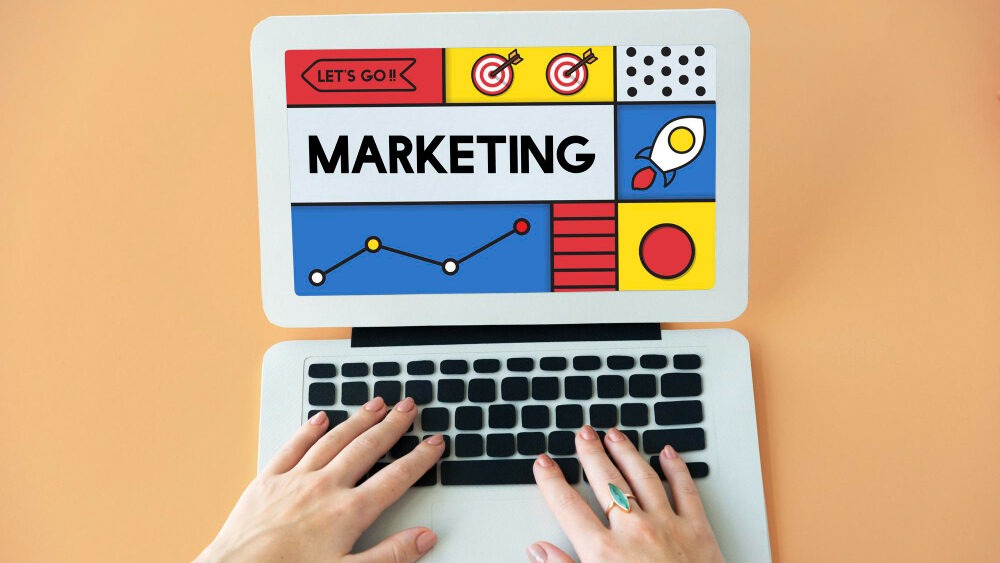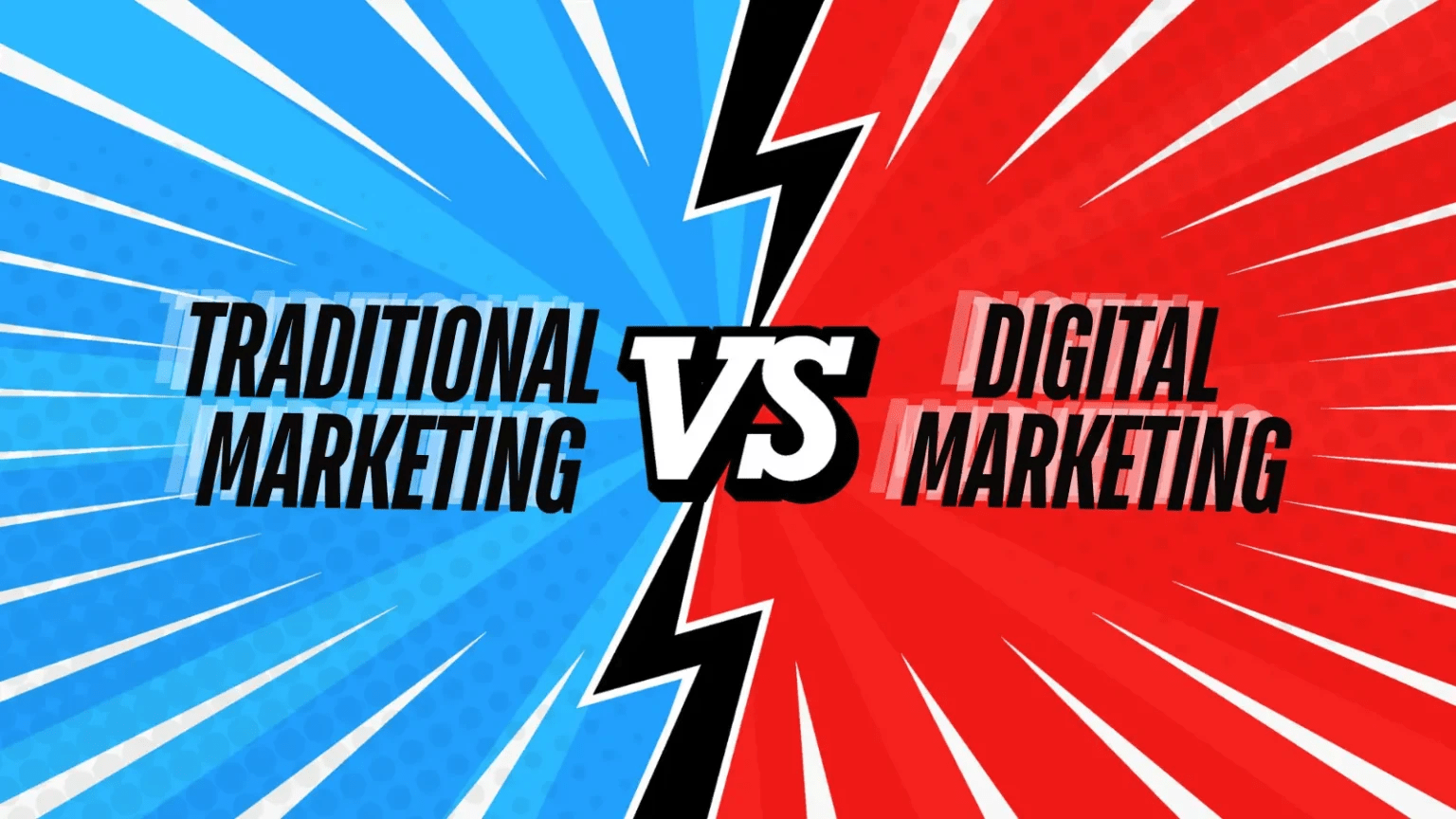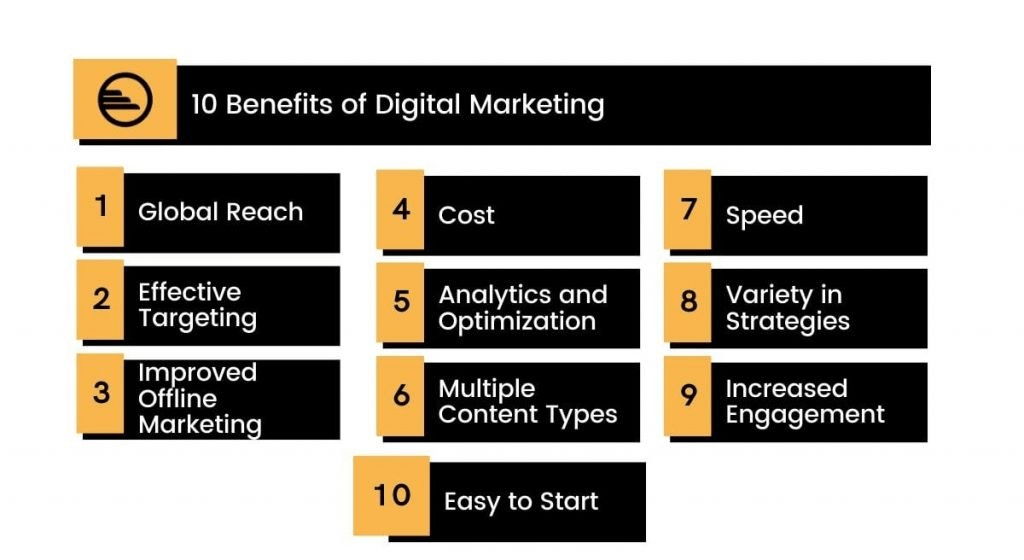
Traditional Marketing vs Digital Marketing: 2025 Insights
Traditional Marketing vs Digital Marketing: 2025 Insights
New Zealand businesses today face a fascinating tension between two approaches: the tried-and-true methods of traditional marketing and the data-rich agility of digital marketing. The marketplace is no longer bounded by newspapers, radio, and billboards — nor are the old channels simply relics to be discarded. Instead, finding the right mix often means weighing each option for its unique abilities, suitability and impact.
Both approaches have their strengths, and understanding their differences is key to connecting with customers — whether that’s in Auckland, rural Otago, or around the world.
What’s the difference?
Traditional Marketing refers to any type of marketing that isn’t online. It uses offline channels to reach a broad audience and has been the foundation of advertising for decades. Common forms include print advertising (newspapers, magazines), billboards, direct mail, television commercials, and radio spots. For example, a local business might send flyers to neighbourhood mailboxes or place a large billboard on a busy highway to promote a new product.
Digital Marketing is the promotion of products or services through digital channels, primarily on the internet. It leverages platforms such as search engines (SEO), social media, email marketing, and content marketing to reach targeted audiences with precision and measurable results. For instance, a company might run a Facebook ad campaign, send personalised email newsletters, or optimise its website to appear higher in Google search results.

The Heart of Traditional Marketing
Traditional marketing is defined by channels familiar for decades: print advertisements in newspapers and magazines, radio and television commercials, billboards, direct mail, and even in-person trade shows and events. For many New Zealanders, many of these channels still command trust and recognition.
Brands like Speight’s or The Warehouse built their reputations on consistent radio spots, instantly identifiable print adverts, and creative TV campaigns that became part of the national conversation. There’s an undeniable impact when you see a brand’s billboard as you travel along State Highway 1, or when you hear a catchy jingle during your morning commute.
Traditional marketing’s key strengths usually lie in:
- Building mass awareness quickly, especially for broad audiences
- Delivering messages with perceived trustworthiness and credibility
- Reaching demographics less attached to smartphones and computers
- Offering tangible, lasting impressions, like glossy brochures or memorable packaging
While some consider these methods old-fashioned, they’re far from obsolete. A well-placed print ad or a clever TV campaign can still move the dial for the right audience. Think about rural areas where internet access might not be as reliable, or tourist-heavy regions where a billboard can reach thousands driving by.

Image Source: designrush
The Digital Marketing Advantage
Digital marketing, on the other hand, harnesses the connectivity of the internet. This includes everything from social media campaigns and search engine advertising, to email newsletters, influencer partnerships, and online video.
Here, adaptability reigns supreme. Campaigns can be monitored, tweaked, and tailored in real time. If a Facebook ad isn’t hitting its mark, its creatives or targeting parameters can be shifted on the fly. Results aren’t a mystery: web analytics, conversion rates, and click-throughs pull back the curtain on what’s working and what isn’t.
Digital marketing offers a suite of benefits:
- Highly targeted outreach based on demographics, interests, and behaviours
- Two-way interaction with customers via comments, reviews, and chat
- Immediate and measurable results through advanced analytics
- Budget flexibility: start small and scale up as results come in
- Global reach: Advertising in Christchurch can reach viewers in London just as easily as in Lyttelton
Consider digital marketing’s role during events like the pandemic lockdowns. Physical foot traffic was down, but brands that shifted focus online not only maintained their relationships with customers, they sometimes grew new audiences entirely.

Image Source: engaiodigital
Comparing Features
To better understand how these plays compare in real life, it helps to lay out core aspects side-by-side.
| Aspect | Traditional Marketing | Digital Marketing |
|---|---|---|
| Cost Structure | Often higher, fixed (e.g., print/radio/TV) | Variable, scalable, often lower upfront |
| Targeting | Broad, by location or general demographic | Precise, by behaviour, age, interest |
| Measurement | Difficult, delayed (surveys, rough estimates) | Real-time analytics, granular reporting |
| Audience Engagement | Mostly one-way (brand to consumer) | Two-way (comments, shares, interactions) |
| Adaptability | Static once published/broadcast | Highly flexible, editable in real time |
| Lifespan of Content | Short, unless memorable | Ongoing: can repurpose, refresh easily |
| Geographical Reach | Mostly local or national | Global, instantly scalable |
| Trust/Perceived Value | High (tangible, familiar media) | Varies, sometimes seen as less credible |
This breakdown makes it clear that neither approach is universally better. Each method is suited for different types of campaigns, objectives, and customer bases.
Key Concepts in Traditional and Digital Marketing
Brand Awareness Traditional marketing excels at building broad brand awareness through high-visibility channels like TV, radio, and billboards. These methods create memorable impressions and can quickly establish a brand’s presence in the public consciousness. Digital marketing, meanwhile, builds brand awareness through repeated online exposure—think display ads, social media campaigns, and search engine visibility. The ability to target and retarget audiences means brands can stay top-of-mind with both new and returning customers.
Target Audience & Precision Traditional marketing typically targets broad demographic groups based on location, age, or general interests. For example, a radio ad might reach everyone in a region, regardless of their specific needs. Digital marketing, however, allows for laser-focused targeting. Marketers can segment audiences by behaviour, interests, purchase history, and even real-time intent, ensuring messages reach the people most likely to respond.
Personalization One of digital marketing’s greatest strengths is personalization. Campaigns can be tailored to individual users, from personalised email greetings to product recommendations based on browsing history. This level of relevance increases engagement and conversion rates, making customers feel understood and valued.
SEO: The Digital Foundation Search Engine Optimization (SEO) is a cornerstone of digital marketing. By optimising website content for search engines, businesses can attract organic traffic from people actively searching for their products or services. Unlike traditional marketing, which relies on pushing messages out, SEO helps brands get discovered by customers who are already interested.
Communication: One-Way vs Two-Way Traditional marketing is largely one-way—brands broadcast messages to consumers, who passively receive them. Digital marketing, in contrast, is inherently interactive. Customers can comment, share, review, and message brands directly, creating a dynamic, two-way conversation that fosters deeper relationships and immediate feedback.
Longevity of Content Print ads, billboards, and TV spots have a fixed lifespan—once the campaign ends, the message disappears. However, a memorable print ad or jingle can linger in public memory. Digital content, on the other hand, can be evergreen. Blog posts, videos, and social media content remain accessible and discoverable long after publication, continually attracting new audiences.
Performance Measurement & Analytics Traditional marketing relies on indirect and often delayed methods of measurement, such as customer surveys, spikes in sales, or anecdotal feedback from staff. This makes it challenging to pinpoint exactly which campaign elements drove results, and adjustments can only be made after the fact. In contrast, digital marketing provides immediate, granular analytics. Every click, impression, share, and conversion is tracked in real time, allowing businesses to monitor campaign performance as it happens. This data-driven approach enables marketers to quickly identify what’s working, optimise strategies on the fly, and clearly demonstrate return on investment (ROI) to stakeholders.
Relevance in New Zealand’s Unique Market
New Zealand has always had its own character. A smaller population spread over a mix of urban centres, small towns, and remote farming regions means the marketing mix often looks different than in Australia, the US, or the UK.
For example, local papers and regional radio remain important across much of the country. Community events and sponsorships often develop stronger ties than aggressive online outreach, particularly outside of Auckland or Wellington.
Yet, digital habits are growing rapidly. Kiwis are enthusiastic users of Facebook, Instagram and YouTube. Many young New Zealanders get their news, product recommendations, and entertainment online first. Even farming equipment brands or niche health products now run campaigns on social media alongside their print catalogues.
A number of successful businesses switch freely between these channels. It’s common to see a tourism operator with an eye-catching Queenstown billboard also running targeted Instagram reels, or a craft brewery advertising on local stations while offering TikTok discounts.
Building Trust: Human Connection Matters
One key area where traditional marketing still wins is trust. There’s an air of legitimacy associated with a physical ad in the New Zealand Herald or a sponsorship at the Eden Park stadium.
This is particularly important for new businesses or those courting older audiences. A sponsored post online from an unknown brand isn’t always met with open arms. Yet, seeing that same brand pop up in a trusted magazine or on TV lends an air of credibility.
That said, digital word-of-mouth — reviews, influencer partnerships, and authentic social media engagement — is challenging this old wisdom. More customers now rely on Google ratings or a trusted YouTuber’s opinion before making a decision. Whether you’re launching a new restaurant in Dunedin or a nationwide product, gathering digital goodwill is becoming just as vital as securing a front-page ad.
Cost and Return: Managing Budgets and Risks
Budget considerations shape every campaign, regardless of platform.
Traditional marketing can have heftier upfront costs, especially for premium slots during prime time or large print runs. It’s harder to test messages or adjust midway through a campaign.
Digital approaches, on the other hand, often allow for more nimble spending. You can start with a modest campaign targeting a specific city, see how it performs, and ramp up investment if results are positive. If a strategy falls flat, resources can quickly be reallocated.
For many small businesses in New Zealand, this lower barrier to entry has meant they can run campaigns that would have been unimaginable in the past. Market stalls, artisan producers, and local services can advertise with almost no minimum spend.
Data, Analytics, and the Power to Learn
Digital marketing brings in a torrent of measurable information. Every click, share and conversion is logged and can be dissected. Brands can see, in near real-time, which messages resonate and which fall flat.
This level of insight makes optimisation far easier. Instead of waiting for months to learn if a campaign is working, immediate feedback can guide all decisions — whether adjusting creative, narrowing audiences, or shifting budgets.
Traditional channels are less agile. Surveys, sales figures and anecdotal feedback from frontline staff remain useful, if slower, ways to gather insights.
Integration: Not Either-Or, But Both-And
Some of the most exciting campaigns are those that blend both traditional and digital strategies.
Consider a major sports event. Billboards and radio hype up the event around the city; social media pages share behind-the-scenes clips and run ticket giveaways; email newsletters provide updates, while digital ads remind past attendees to come again. The effect is a holistic brand presence that follows customers through multiple touchpoints — both online and off.
A few integration tips include:
- Use QR codes on print and outdoor ads to direct people to digital offers
- Collect email signups at physical events and follow up with tailored online content
- Encourage social sharing of traditional campaigns (“Snap a pic of our billboard for a free coffee!”)
- Run consistent branding and messaging across all media for greater impact
The Future of Traditional Marketing vs Digital Marketing: Trends to Watch in 2025 and Beyond
As we move further into 2025, the landscape of marketing continues to evolve at a rapid pace. The debate between traditional marketing vs digital marketing is no longer about which is superior, but how each can be leveraged for maximum impact in a changing world. Here are the key trends shaping the future of both approaches—and what businesses should watch for in the years ahead.
1. Blended Strategies Become the Norm
The most successful brands are no longer choosing between traditional and digital marketing—they’re integrating both. Expect to see more campaigns that combine the broad reach and trust of traditional channels (like TV, radio, and print) with the precision and interactivity of digital platforms. For example, QR codes on billboards or print ads will seamlessly guide consumers to immersive online experiences, while digital campaigns will increasingly reference real-world events and sponsorships.
2. Hyper-Personalisation and AI
Digital marketing will continue to lead in personalisation, powered by artificial intelligence and machine learning. In 2025, expect AI-driven tools to deliver even more tailored content, offers, and recommendations across email marketing, social media, and programmatic advertising. Meanwhile, traditional marketing will also benefit from data-driven insights, allowing for smarter media buying and more targeted messaging—even in offline channels.
3. Trust, Authenticity, and Human Connection
While digital marketing offers scale and efficiency, consumers are increasingly seeking authenticity and human connection. Traditional marketing channels, with their tangible presence and established credibility, will remain vital for building trust—especially among older demographics. However, digital marketing is catching up, with influencer partnerships, user-generated content, and transparent brand storytelling becoming essential for winning hearts and minds.
4. The Rise of New Digital Channels
Emerging platforms—such as augmented reality (AR), virtual reality (VR), and voice search—are redefining what digital marketing can achieve. Brands will experiment with immersive experiences that blend the physical and digital worlds, creating memorable touchpoints that go beyond the screen. Traditional marketing will adapt by incorporating these technologies into events, packaging, and out-of-home advertising.
5. Sustainability and Social Responsibility
Consumers in 2025 are more conscious of environmental and social issues than ever before. Both traditional and digital marketing will need to reflect these values, with campaigns that prioritise sustainability, inclusivity, and ethical practices. Expect to see more brands using recycled materials in print advertising, carbon-neutral digital campaigns, and messaging that resonates with socially aware audiences.
6. Measurement and ROI
Advancements in analytics will make it easier to measure the impact of both traditional and digital marketing efforts. Attribution models will become more sophisticated, allowing businesses to track the customer journey across multiple touchpoints. This data-driven approach will empower marketers to optimise budgets, refine messaging, and demonstrate clear ROI—regardless of channel.
In summary: The future of traditional marketing vs digital marketing is not about competition, but collaboration. The most effective strategies in 2025 and beyond will harness the strengths of both, adapting to new technologies and shifting consumer expectations. By staying agile, data-driven, and focused on genuine connection, businesses can thrive in an ever-evolving marketing landscape. If you’re ready to elevate your brand with digital marketing experts, contact us today to start your journey.

